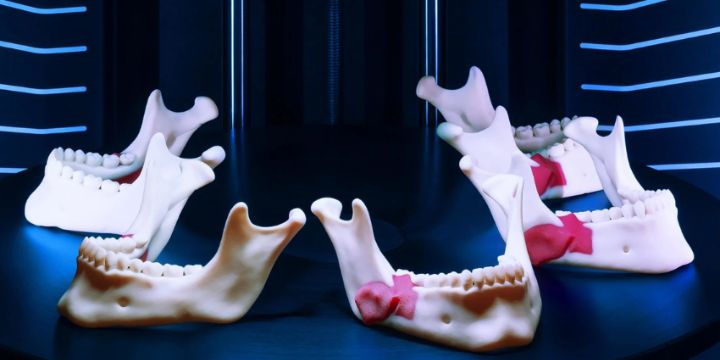Medical Innovation Milestone: 3D Printing Lifelike Human Tissue Revolutionizes Surgical Planning and Healthcare Training
- Sep 26
- 2 min read

A groundbreaking development from the University of Minnesota Twin Cities is set to redefine the future of medical training and patient care. Researchers announced this week that they have successfully 3D-printed lifelike human tissue structures, a major leap forward that promises to equip the next generation of medical professionals with unparalleled hands-on experience.
This innovation addresses a long-standing challenge in medical education: how to provide realistic training simulations. The newly developed 3D-printed tissues mimic the feel and structure of actual human organs, allowing surgeons-in-training to practice complex procedures on models that are incredibly true to life. This achievement, announced by the university's research group, is poised to significantly enhance skill acquisition and ultimately improve patient outcomes.
While this breakthrough in simulated tissue is recent, it is part of a much broader surgical revolution driven by 3D printing technology. For some time, advancements in 3D printing have been transforming how surgeons prepare for complex operations. This technology is increasingly used in surgical planning, allowing medical teams to create patient-specific anatomical models before ever entering the operating room.
The impact is already being felt across specialized fields like orthopaedics, where 3D printing is fostering significant innovation and enhancing patient care. From custom implants to precise surgical guides, the applications are varied and growing, showcasing the technology's versatility. The ability to create these custom tools and models is a testament to the ongoing advancements that are making healthcare more personalized and effective.
From the operating theater to the training lab, 3D printing is no longer a futuristic concept but a present-day reality reshaping healthcare. The creation of realistic, printed human tissue is the latest chapter in this story, promising a future where doctors can train more effectively and surgeons can plan with unprecedented accuracy, heralding a new, safer era for patients everywhere.











Comments